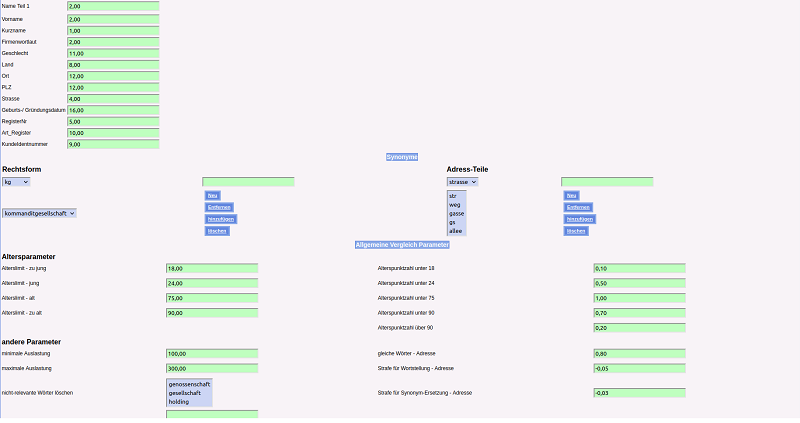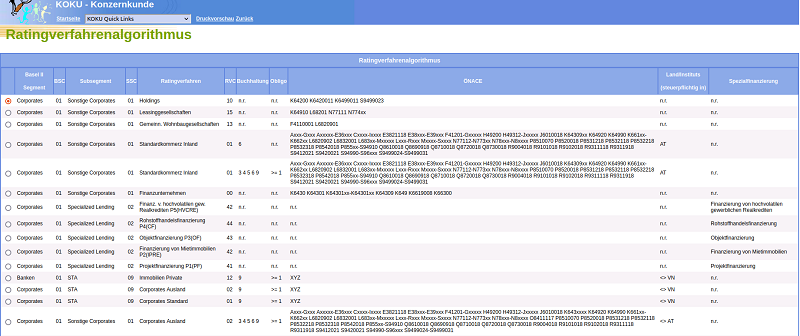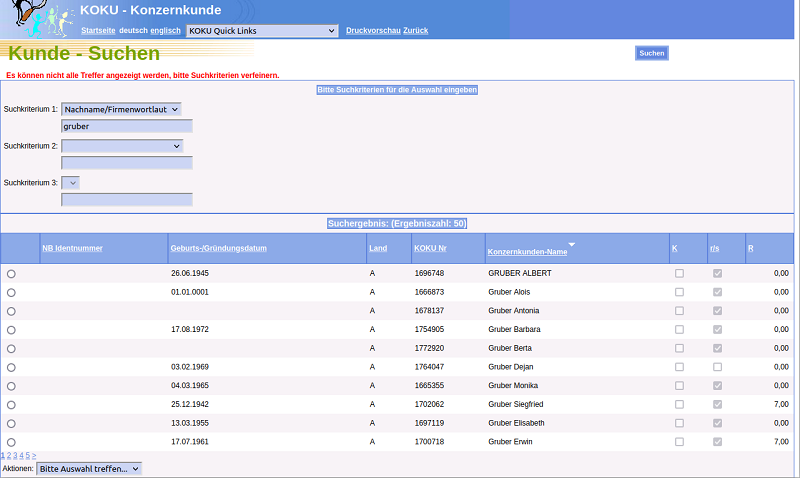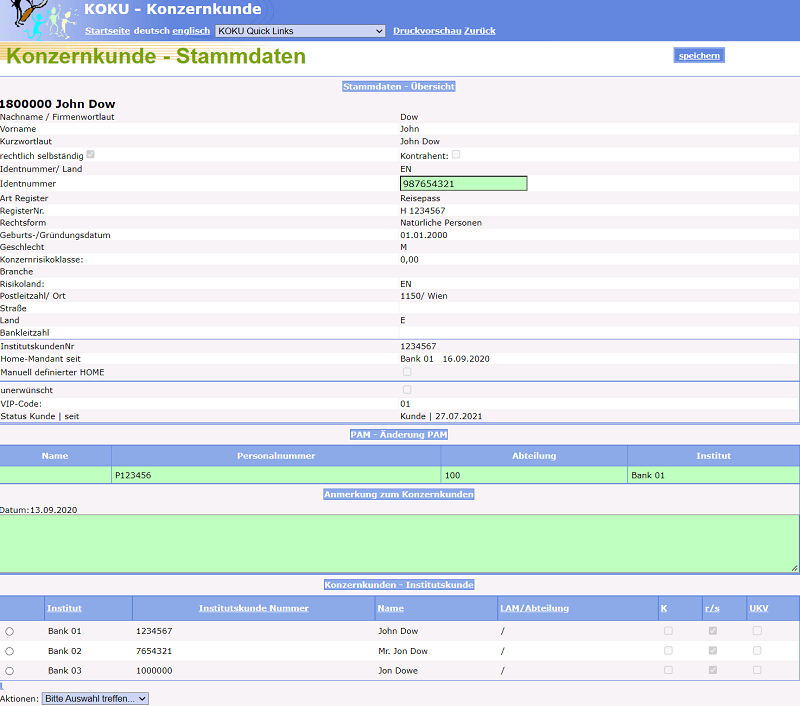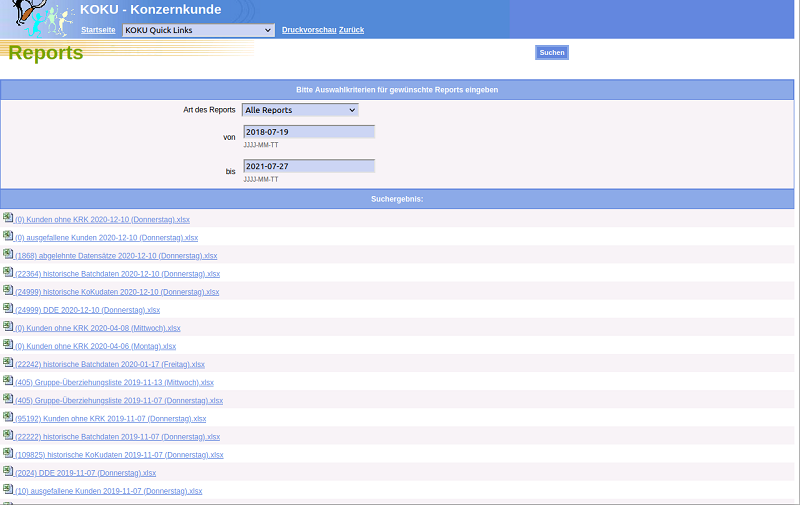Industries
International CRM System
The system is not monolithic, but consists of multiple modules cooperating with each other to solve various tasks:
- identification and automatic merging of the same customer from different core systems. Physical customer of certain institute is called Institute Customer. Different representation of the same customer is united in so called Concern Customer. Concern Customer is logical object that represents all instances of the same physical customer in different institutes;
- calculations on the united group of customers (Concern Customer);
- manipulations with individual clients;
- synchronization of data between different core systems;
- limit definition and check for limit violation for all hierarchy levels. Different types of limits can be defined for each object. Limits can be product limits or supervisor limits. During the limit check for violation the hierarchy is taken into account and aggregation is performed for all types of limits;
Batch module - endless process without user interface. It performs the following tasks:
- imports the provided data. During the transfer of the data the quality is checked and if it is possible a correction is made. Incorrect data is rejected and reports are generated with the reason;
- before the start of the data transfer, an analysis is performed on the data for unusual behavior. If such is found the import process can be aborted and an alert is generated;
- calculation/recalculation of a number of business indicators that depend on the delivered data (credit rating, total exposure, etc.)
Communication modules
- different institutes use different core systems and each system supports different communication and data exchange protocols. After the occurrence of certain events it is necessary to notify certain systems about it;
- the majority of data is exchanged in batch mode, but there are situations that require immediate on-line exchange of a small amount of data;
WEB user interface
- rule-based search for customer duplicates using edit distance algorithm, similarity, criteria weighting and data base successive filtering via binary indices;
- rule-based Basel II segment identification used for rating grouping;
- provides operators access and work with customers;
- visualize reports;
- provides administrative capabilities to users with appropriate rights;
